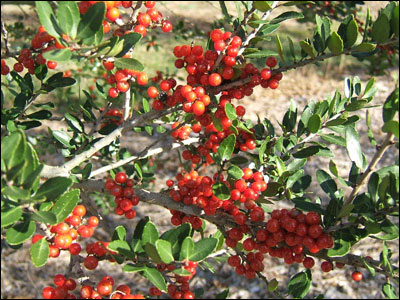
by Taylor Vandiver | Dec 16, 2014
Now that we’ve all been stuffed like a Thanksgiving turkey, it’s time to transition into the final and, arguably, most ornate holidays of the year. Right now you can hear your mantles and door frames crying out to be adorned. Your windows are begging for wreaths and giant red bows. And there may be a certain corner in your house that has been waiting all year for an evergreen, or two.
As we delve into the winter holidays our homes are being dressed to impress. There is nothing better than fresh foliage placed along a mantle or maybe a little mistletoe hanging from a previously unadorned beam. The scent of pine is in the air and I don’t know about you, but I’m ready to get decorating.
Here is a list of a few evergreen plants that make wonderful decorations for the season. You may even find some in your own backyard! Just make sure when you are removing foliage and fruit that you do it gently, so as not to harm the plant. Make all cuts at a 45 degree angle so that water will not pool on branch tips and rot. Also, if you forcefully remove foliage from a plant you could expose the susceptible cambium layer.

Wreaths and a decorated door frame add a bit of holiday cheer to this snowy scene. Photo courtesy Taylor Vandiver.
Traditional
Magnolia (Magnolia grandiflora) – This southern staple provides foliage that will liven up any banister or door frame. After being cut from the tree it can withstand the dryer temperatures indoors for days on end.
Hollies (Ilex spp.) – Hollies not only provide glossy green foliage, but bright red fruit that will beautifully adorn holiday arrangements and centerpieces.
Pine/Pinecones (Pinus spp.) – Pine trees offer a wispy presence to many decorations and their cones can give structure to wreaths and mantle pieces.
Boxwood (Buxus spp.) – Boxwoods are great for a touch of green.

Yaupon holly fruit and foliage. Photo courtesy UF/IFAS.
New Ideas
Abelia (Abelia x grandiflora) (evergreen to semi-evergreen) – Abelia are not commonly thought of when making holiday arrangements, but the texture of their foliage and the myriad of colors can spice up traditional decorations.
Aucuba (Aucuba japonica) – Aucuba offer a coarse texture that would pair well with the wispier pine foliage. Also, the gold dust variety will add a little more color to the mix.
Aspidistra (Aspidistra elatior) – Aspidistra foliage tends to feel more tropical. If you want to try a non-traditional arrangement these would work well and they can last for days provided a small amount of water.
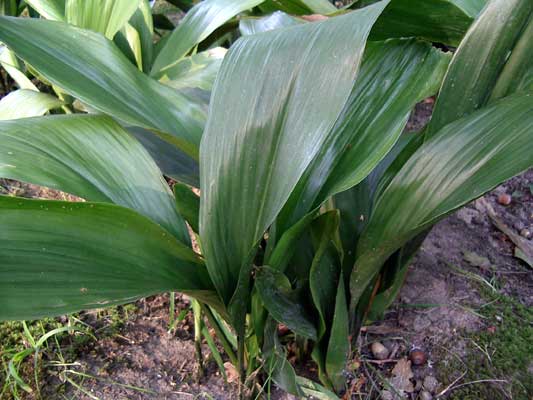
Aspidistra foliage that could easily be worked into a stunning arrangement.
Remember that a few well placed planters can liven up even the smallest spaces. Try using a small evergreen tree or shrub such as a magnolia, cypress / false cypress or arborvitae and surround them with poinsettia or pansies. You can try a smaller planter and add in pine cones, poinsettia, grasses, etc. Also if you are celebrating this holiday season with a live Christmas tree, then don’t be afraid to ask the grower/retail center for discarded branches. These can easily be formed into a wreath or used throughout the house. And since this is Florida there’s always the option of decorating your palm tree!
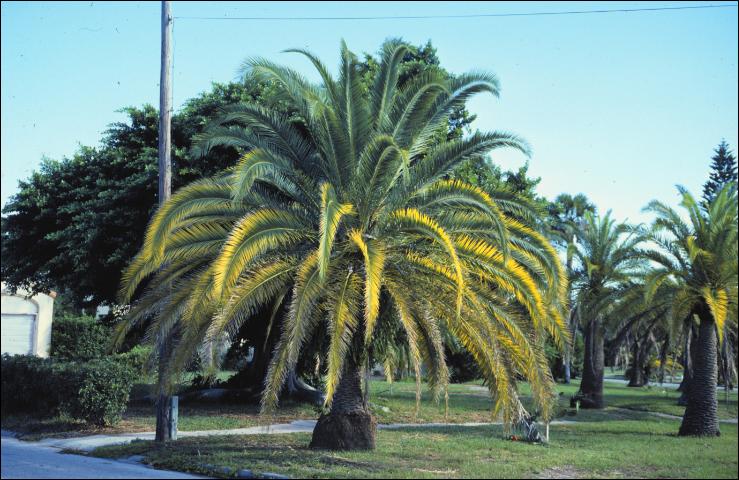
by Julie McConnell | Dec 2, 2014
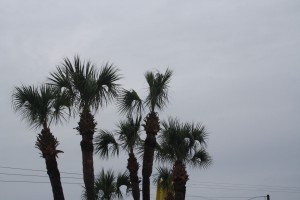
Over-pruning. Photo credit: JB McConnell, UF/IFAS
Many people picture sugar sand beaches, emerald green water, and gorgeous palm trees swaying in the breeze when they think about visiting or moving to Florida. The panhandle offers the beautiful Gulf of Mexico and sugar sand beaches, but sometimes its palms look a bit deficient. Why is that and what will it take to correct this? Although it seems counter-intuitive, major improvements can result from providing less attention to the palms by reducing the amount of pruning.
Over pruning palms leads to nutrient deficiencies and increases the likelihood of insect and disease problems. Pictured at left is an example of over pruned palms. This technique leaves the heads looking spindly and unattractive, and also hurts the palm’s short-term and long-term health. So, why do property owners send someone up a ladder to harm their palms? Most likely a combination of misinformation and routine.
Palms should have a 360 degree canopy, for example if the top of your palm tree is a clock (with hands, not digital!) you would not prune any fronds above 3 and 9 o’clock. The palms pictured above are pruned in a range from 11-1 o’clock and 10-2 o’clock.
Why does it matter how many fronds are on the palm?
- First off, palms are not trees as many people believe, but instead are grasses. Palms have just one growing point that is located at the top of the trunk, and this one bud called the apical meristem is busy making fronds that will not appear until several months from now.
- When nutrients are not available in the soil it can take 4-6 months for a deficiency to show up, so palm nutrition is tricky. Although they grow differently than trees and shrubs, one commonality is that they produce food through photosynthesis and need all available green tissue to make this happen.
- When there are fewer fronds, the palm has limited resources to create energy.
Native Florida soils are not able to meet the specific nutrition needs of most palms, so it is common to see nutrient deficiencies. Some nutrients such as nitrogen, potassium, and magnesium are mobile in the plant. This means that they can be moved to areas with sufficient amounts of the nutrient to other parts of the palm that do not have enough. This will cause some partial discoloration in leaves, which can be misinterpreted as a dying leaf when in reality it is just sharing food with the rest of the palm. If that frond has any green tissue remaining and is cut off, then a great source of nutrients has just been removed thus making the overall deficiency even worse!
What about “hurricane-cut” to improve wind resistance?
- Another common myth is that making a “hurricane cut” will reduce the likelihood of trees breaking in storms. Observations after the hurricane seasons of 2004 and 2005 along with research by scientists have shown that the opposite is actually true. Trees that had been given a “hurricane-cut” were more likely to have their crowns snapped than palms with full crowns.
- Damaged or dead fronds should be removed before storms to prevent them from becoming airborne during a storm, but green leaves should remain on palms.
So, how do you know the difference between normal shedding of fronds and a deficiency?
- Normal shedding (senescence) is indicated by an overall discoloration of the whole frond, not just sections, and the whole process of turning color and falling off (or hanging down depending on the palm) only takes a couple of days.
- A gradual shift to yellowing, browning, abnormal growth or other similar symptoms are typically nutrition related.
Above are some examples of common nutrient deficiencies found in Florida landscapes. These are examples of leaves that are still supporting the palm and should be left attached to the tree until the whole frond is brown.
For more information on proper pruning and nutrient deficiencies of palms, please see the publications indicated below.
Nutrient Deficiencies of Landscape and Field-Grown Palms in Florida
Pruning Palms
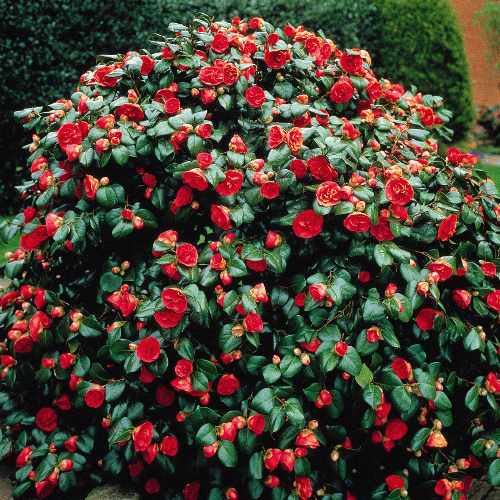
by Sheila Dunning | Dec 2, 2014
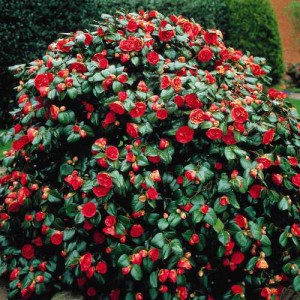 Camellias have been a part of the landscape in the Southeastern United States for over 200 years. They are native to Asia and were introduced near Charleston, South Carolina in 1786. The common name camellia refers to varieties and hybrids of Camellia japonica and to lesser known varieties of C. sasanqua and C. reticulata. The growing conditions in Northwest Florida are well suited for many camellia varieties. Camellias can serve several functions in the landscape including foundation plantings, screens, accent plants, background groupings and hedges. Maximum benefit can be achieved by mass plantings or groupings. Single plants should be focal point in beds rather than randomly placed throughout the lawn. Camellias flower in the fall and winter when their display of colorful blooms is most appreciated. During the remainder of the year their evergreen foliage, interesting shapes and textures, and relatively slow growth make camellias excellent landscape plants. Some camellia growers enjoy competing in flower shows and manipulate the flower buds to achieve larger and earlier flowers. This involves removing competing flower buds and applying gibberellic acid (a plant hormone). Individual cultivars can be selected for size and form ranging from small and irregular to large and upright. Texture and foliage color also differ among the various species and multiple varieties. Mid-season flowering varieties that bloom from November through January are best suited for Florida conditions.
Camellias have been a part of the landscape in the Southeastern United States for over 200 years. They are native to Asia and were introduced near Charleston, South Carolina in 1786. The common name camellia refers to varieties and hybrids of Camellia japonica and to lesser known varieties of C. sasanqua and C. reticulata. The growing conditions in Northwest Florida are well suited for many camellia varieties. Camellias can serve several functions in the landscape including foundation plantings, screens, accent plants, background groupings and hedges. Maximum benefit can be achieved by mass plantings or groupings. Single plants should be focal point in beds rather than randomly placed throughout the lawn. Camellias flower in the fall and winter when their display of colorful blooms is most appreciated. During the remainder of the year their evergreen foliage, interesting shapes and textures, and relatively slow growth make camellias excellent landscape plants. Some camellia growers enjoy competing in flower shows and manipulate the flower buds to achieve larger and earlier flowers. This involves removing competing flower buds and applying gibberellic acid (a plant hormone). Individual cultivars can be selected for size and form ranging from small and irregular to large and upright. Texture and foliage color also differ among the various species and multiple varieties. Mid-season flowering varieties that bloom from November through January are best suited for Florida conditions.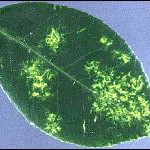
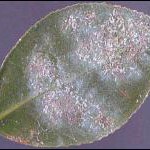 Warm fall temperatures may prevent early varieties from flowering properly. Late-blooming selections may attempt to send out new leaves before the end of the flowering period which results in “bullnoses”. Bullnosing is characterized by poor quality flowers which do not open fully and may even drop while still tight buds. Extended dry periods while in the bud stage can make the condition more likely. While flowering, camellias need 1 inch of water applied each week. Camellias perform best in partially shaded locations which are enhanced by good drainage and air movement. Fertile, acidic soils high in organic matter are preferred. The soil must be well-drained because camellias will not grow in wet areas. Do not plant them in areas with a high water table and/or hard-pan. This will result in a shallow root system which is more susceptible to injury during dry periods. Camellias should be installed where cold air can move in and out freely, but the area should be protected from strong northwest winds. Plantings under established trees or in areas that has structures to block the wind are usually injured less by cold temperatures. These conditions enable the plants to gradually thaw or warm in the morning before being exposed to direct sunlight. Dense shade may result in sparse foliage and poor flowering. Camellias exposed to full sun may appear yellow-green, but may yield more flowers. Either situation is stressful to the plants and can lead to pest problems. Tea scale is the most common insect on camellias. Scales generally feed on the underside of leaves and may not be noticed until large populations have developed. Symptoms include very small elongated white and/or brown raised “flakes” on the underside of leaves that turn yellowish in color. Tea scale can be controlled with horticultural oil, sprayed after flowering finishes but while temperatures are sill cool, in late winter.
Warm fall temperatures may prevent early varieties from flowering properly. Late-blooming selections may attempt to send out new leaves before the end of the flowering period which results in “bullnoses”. Bullnosing is characterized by poor quality flowers which do not open fully and may even drop while still tight buds. Extended dry periods while in the bud stage can make the condition more likely. While flowering, camellias need 1 inch of water applied each week. Camellias perform best in partially shaded locations which are enhanced by good drainage and air movement. Fertile, acidic soils high in organic matter are preferred. The soil must be well-drained because camellias will not grow in wet areas. Do not plant them in areas with a high water table and/or hard-pan. This will result in a shallow root system which is more susceptible to injury during dry periods. Camellias should be installed where cold air can move in and out freely, but the area should be protected from strong northwest winds. Plantings under established trees or in areas that has structures to block the wind are usually injured less by cold temperatures. These conditions enable the plants to gradually thaw or warm in the morning before being exposed to direct sunlight. Dense shade may result in sparse foliage and poor flowering. Camellias exposed to full sun may appear yellow-green, but may yield more flowers. Either situation is stressful to the plants and can lead to pest problems. Tea scale is the most common insect on camellias. Scales generally feed on the underside of leaves and may not be noticed until large populations have developed. Symptoms include very small elongated white and/or brown raised “flakes” on the underside of leaves that turn yellowish in color. Tea scale can be controlled with horticultural oil, sprayed after flowering finishes but while temperatures are sill cool, in late winter.

by Carrie Stevenson | Nov 25, 2014
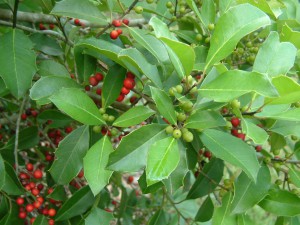
The Savannah holly has beautiful leaves and berries throughout the winter. Photo credit: Carrie Stevenson
As the holiday season comes upon us, many folks will be spending their weekends scouring tree farms and mall parking lots for the perfect Christmas tree. There are many very realistic-looking options for artificial trees these days, and they are a great way for families to reduce waste by reusing the same tree year after year. However, a live Christmas tree brings greenery inside, smells wonderful, and provides a central focus for many of our holiday traditions. Many cut trees will last over a month with good watering, but when the holidays are over, what do you do with your tree?
Many cities and counties offer a Christmas tree recycling program, in which trees can be left at drop-off sites or on the curb for pickup. Most municipalities turn the trees into mulch and use it at public facilities. Many individuals reuse trees by placing them in lakes or other water bodies as fish habitats, creating reefs for hiding and nesting. However, be sure and check with local environmental agencies before placing trees under water. If you own a good bit of land or a wooded area, you can lay your old tree out for small mammals and birds to use as shelter. It will eventually biodegrade and add nutrients to the soil. Be sure that if you take advantage of any of these recycling options that you remove all ornaments, tinsel, or other decorations which could be hazardous to animals and/or wood-chipping machines.
There is an option to truly keep your tree evergreen—a live Christmas tree! Many retailers sell potted trees that can be brought inside and decorated, then planted outside after the season is over. One of the plants often associated with this festive time of year is holly, which is an excellent choice for evergreen color throughout the year. There are many native varieties, such as yaupon holly for drier areas and myrtle-leaved holly for wetlands. Hollies are typically used as shrubs in the landscape, although many species can grow into small trees if allowed; the East Palatka holly can be as tall as 45 feet at maturity! Hollies are also an excellent food choice for attracting birds, and the shrubs work wonderfully as a natural screen. While their branches aren’t quite as sturdy as some of the northern varieties, native Atlantic white or Eastern red cedar–or even some local pines–are also excellent evergreen species that can be used.
A live tree or one planted and decorated outdoors is a wonderful way to commemorate a special Christmas and help provide wildlife habitat year-round.
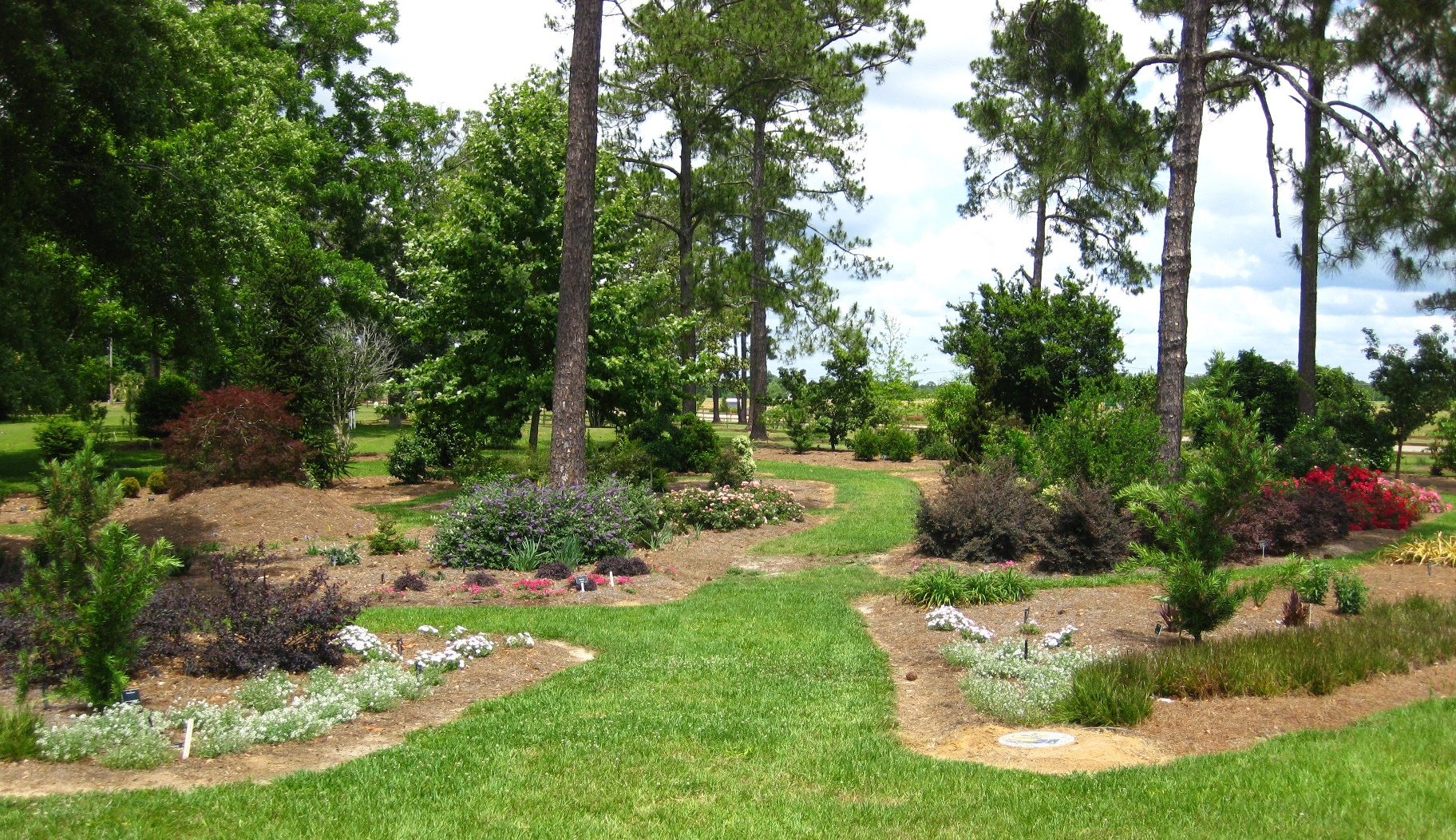
by Gary Knox | Nov 25, 2014

View of the Discovery Garden in Gardens of the Big Bend.
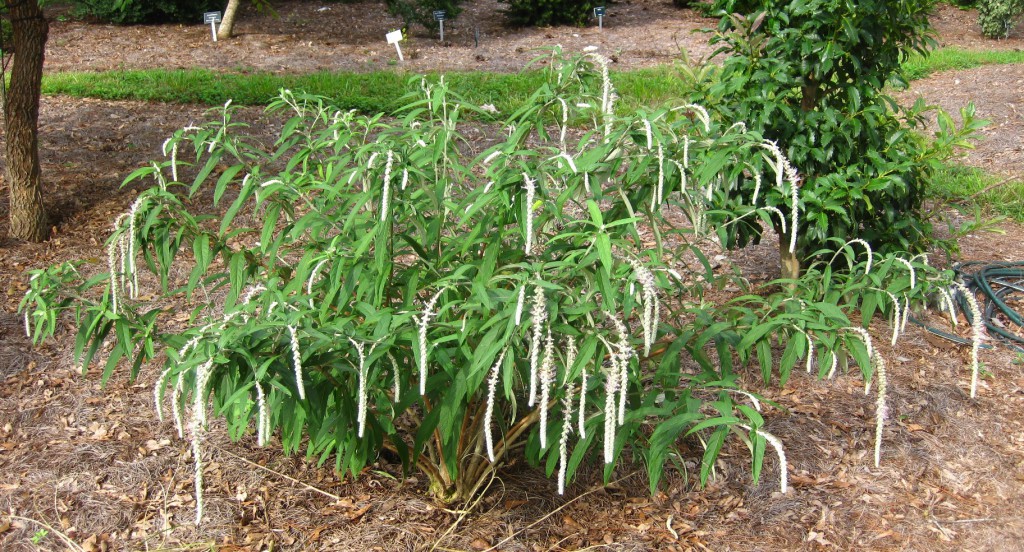
Weeping false butterflybush, Rostrinucula dependens, is a new and unusual perennial being evaluated in Gardens of the Big Bend.
Gardens of the Big Bend is a new botanical and teaching garden located on the grounds of the University of Florida/IFAS North Florida Research and Education Center in Quincy. The goals of these gardens are to evaluate new plants, promote garden plants adapted to the region, demonstrate environmentally sound principles of landscaping and provide a beautiful and educational environment for students, visitors, gardeners and Green Industry professionals.Located just 10 miles south of the Georgia-Florida border in Florida’s “Big Bend,” the Gardens are in USDA Cold Hardiness Zone 8b and have sandy-clay soils more typical of continental conditions than those of peninsular Florida.
Gardens of the Big Bend is a series of gardens, each with a theme or plant focus:
- The Discovery Garden contains over 170 species or cultivars of new, improved or underutilized trees, shrubs and perennials. The garden’s purpose is to help gardeners, landscapers and nursery growers “discover” new plants.
- The Magnolia Garden is part of the National Collection of Magnolia in recognition of its’ more than 200 species and cultivars, including some of the rarest magnolias in the world.
- The Crapemyrtle Garden includes six species and over 100 cultivars.
- Conifers can be found throughout the Gardens but are featured in the new “Jurassic” garden. More than just pines and junipers, the Gardens contain over 50 conifer species and cultivars, many of which are rare. In recognition, the American Conifer Society has designated the Gardens as a “Conifer Reference Garden”, the only one in Florida, and the southernmost in the U.S.
- The Dry Garden is the newest addition and contains about 140 different types of agave, aloe, cactus, dyckia, sedum, yucca, bulbs and other dry-adapted plants. It consists of a south-facing berm of boulders, gravel and sand about 160 feet long, 35 feet wide and 6 feet tall.
- Other gardens feature native, shade, Southern heritage, and weeping plants as well as collections of Japanese hydrangea and shrub roses. Additional gardens will be installed as time and funding permit.
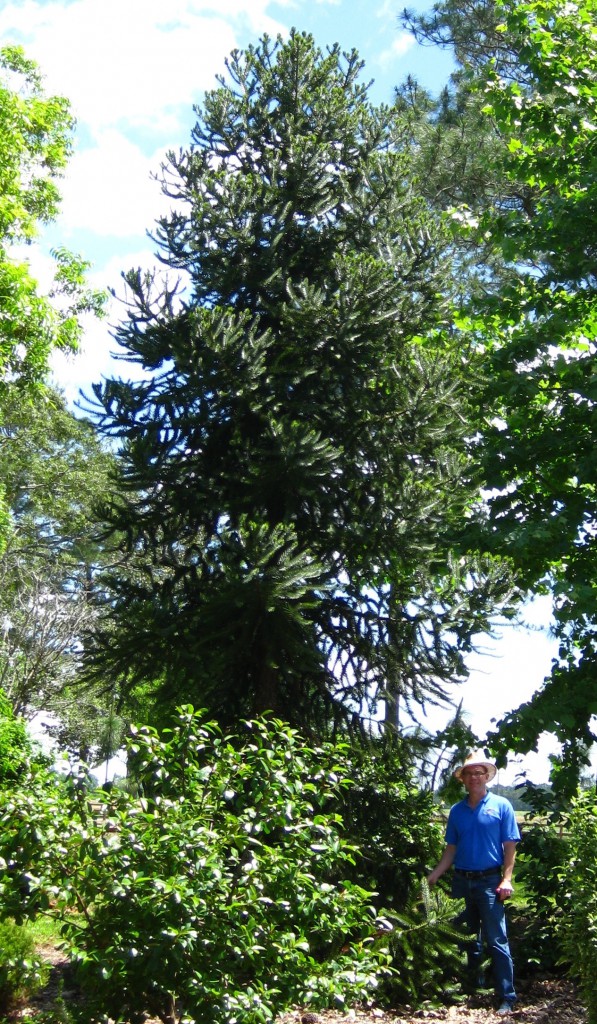
Parana pine, Araucaria angustifolia, is a rare type of conifer in the Gardens.
Gardens of the Big Bend formally began in 2008 thanks to the happy marriage of a new volunteer organization coupled with this University of Florida off-campus facility and plant collections I developed as part of research and extension projects. The volunteer organization, Gardening Friends of the Big Bend, Inc., formed in 2007 to support horticulture research and education. This group quickly seized on the idea of transplanting these existing plant collections into a series of gardens. Accordingly, its members hold fundraisers, provide volunteer labor and sponsor extension programs to raise awareness, provide funds and support garden development and maintenance.
Gardens of the Big Bend is located in Quincy at I-10 Exit 181, just 1/8 mile north on Pat Thomas Highway (SR 267). The gardens are free and open to the public during daylight hours year-round; professional staff are only available during normal business hours. To make a gift to the Gardens, please go to this website! Come visit us and watch the Gardens grow!
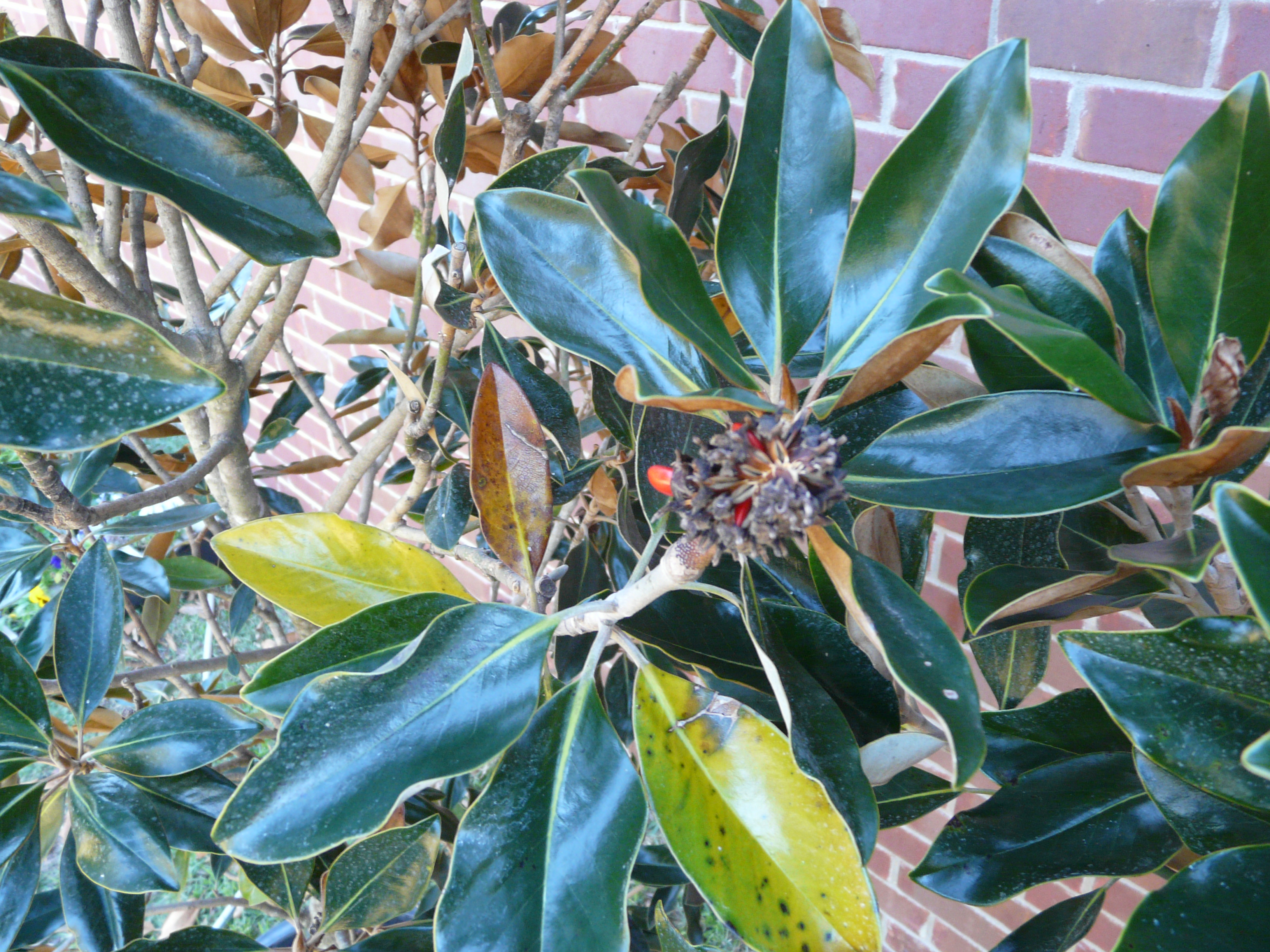
by Larry Williams | Nov 11, 2014
As the season changes, plants change as well. This is true in evergreen and deciduous trees and shrubs as well as our lawn grasses.
The cooler night temperatures and the shorter day length of fall result in changes in the physiology of many of our landscape plants and lawn grasses.
It’s common for azaleas to lose a few leaves now. These are the older leaves on the stem near the center of the plant. They turn reddish or yellow and drop from the plant. This is normal from now until spring. However, if the younger leaves, those nearest the tip of the shoot, turn yellow or brown there is cause for concern. Poor drainage, lack of water or alkaline soils may cause this condition.
Yellow leaves may appear on camellias, gardenias, cherry laurel and oleanders. Again, as with azaleas, these are the older leaves on the stem near the center of the plant. It’s normal for these leaves to drop from the plants now until spring. However, do not confuse scale damage on camellias for normal aging of leaves. Scale insects feed on the lower surface of camellia leaves causing them to become splotched with yellow.
Many of the leaves on sycamore trees have changed from green to brown. Although this phenomenon occurs every year, it’s not caused by a change in day length or temperature. This is not a true seasonal change. It’s the result of insects feeding on the leaves. By the time the damage is visible, there is little that can be done to correct the problem. However, the problem will take care of itself since sycamore trees will soon be dropping their leaves.
Lawn grasses also experience some seasonal changes. The growth rate of lawn grasses slows in the fall. Although this slowdown in growth means less mowing is required, it also means that lawns will not be as attractive as they were during spring and summer. Because of this reduced growth rate, grasses cannot produce enough new leaves to replace the leaves that are dying. The end result is a dull, yellow-green lawn.
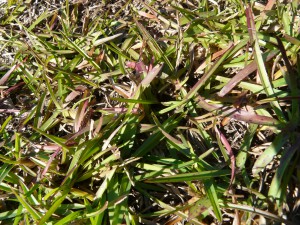
Normal seasonal color change in centipedegrass lawn from green to reddish purple.
Photo by Larry Williams, Okaloosa County Extension
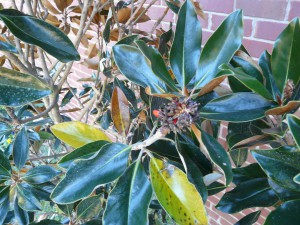
Normal seasonal color change on older ‘Little Gem’ Magnolia leaves. Photo by Larry Williams, Okaloosa County Extension
Numerous reddish-purple blades throughout the lawn may be visible now as well. Cooler temperatures, injury to the leaf blades from foot traffic, mowing equipment, vehicles, etc, can cause this. It also could be caused by lack of potassium or phosphorus but is more likely the result of cooler temperatures, especially if it did not show up until fall.

















